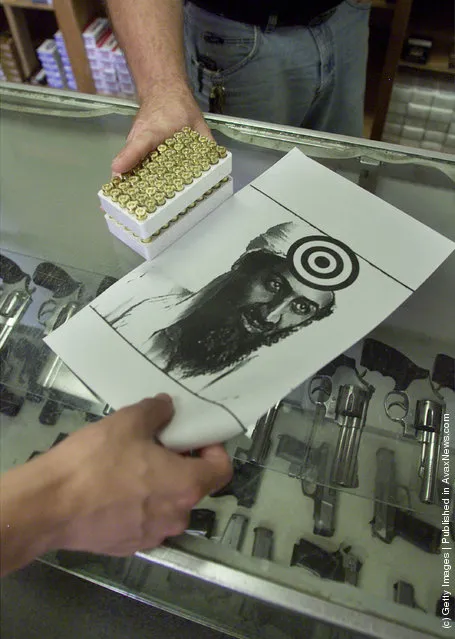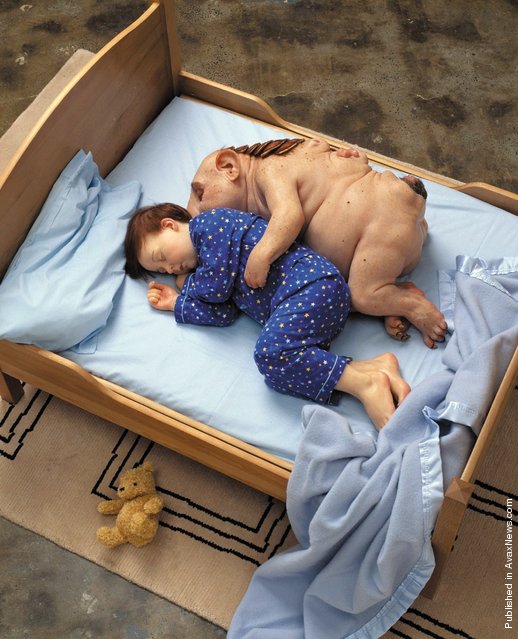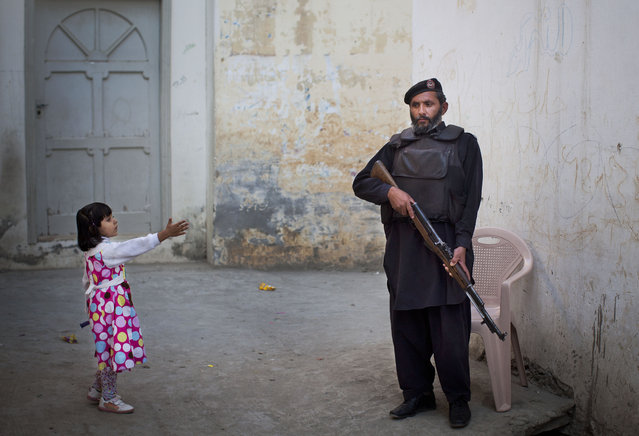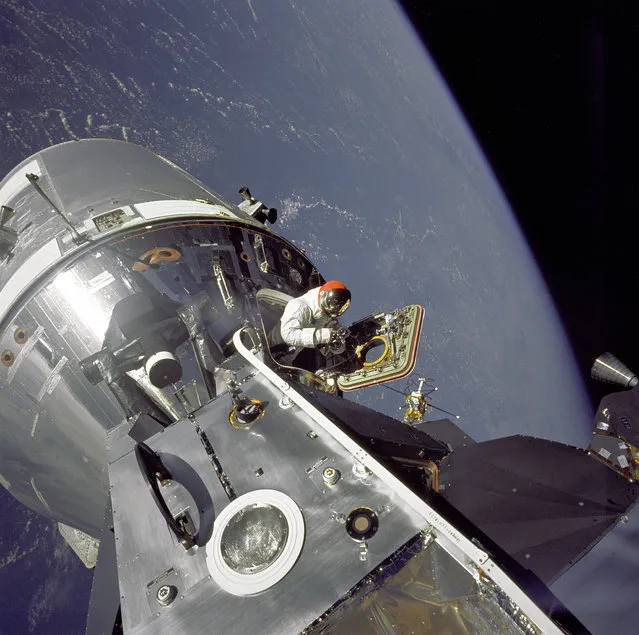
A customer buys a box of bullits and a target of Osama Bin Laden October 3, 2001 at Blue Ridge Arsenal in Chantilly, VA. Guns sales have risen across America since the September 11th terrorist attacks. (Photo by Mark Wilson/Getty Images)
02 May 2011 08:02:00,post received
0 comments







